Jakob de Boer, who was born and educated in Toronto, Canada, has worked as director, producer and photographer. Here, he gives us an update on his Masters project, which he will discuss at PhotoPlus Expo in New York City on Saturday, October 26 in a talk “The Whispered – Capturing the Authentic Moment through the Leica S.” You can read part one of his blog post here.
Q: What have you been up to professionally since we interviewed you in July?
A: Traveling, insanely. My Masters project, The Whispered, has blended fully into my professional area. Aside from my film projects, I am focused on the Masters. It’s growing, rather dramatically. With our current slate, we are expecting to have archived somewhere around 200 Masters over the next three years; not including the shoots for companies like Rimowa, or Reign jeans.
What is really cool are the places we are going to find these people. This aspect is going to be increasingly featured, as where they come from is a big part of who these people are. Next on the horizon: Ghana, Tibet, Japan, Arizona (the Hopi Tribe).
Q: You mentioned that the next locations on your list include Ghana, Tibet, Japan and Arizona. Is there any one of these places that your are especially looking forward to experiencing, and featuring in this monumental project, and do you research these places before traveling there or simply take things as they come and respond to what you see?
A: I try to live by one idea: to be like water. Let things flow. Stay in the flow. That is what makes this project exciting and alive. It grows organically.
Before going to a location, almost all my research revolves around looking at images from that location. Trying to get a sense of the light, the colors, the idea of that place. There is a large amount of planning that goes into these shoots. For instance, my last trip was over a month long: starting in Rhodes, Symi, Athens, Santorini, Frankfurt, Berlin, Florence and finally Paris.
Right now I am especially focused on Japan as my next location. I have a number of very cool people I will be photographing there. Japan is such a rich experience each and every time.
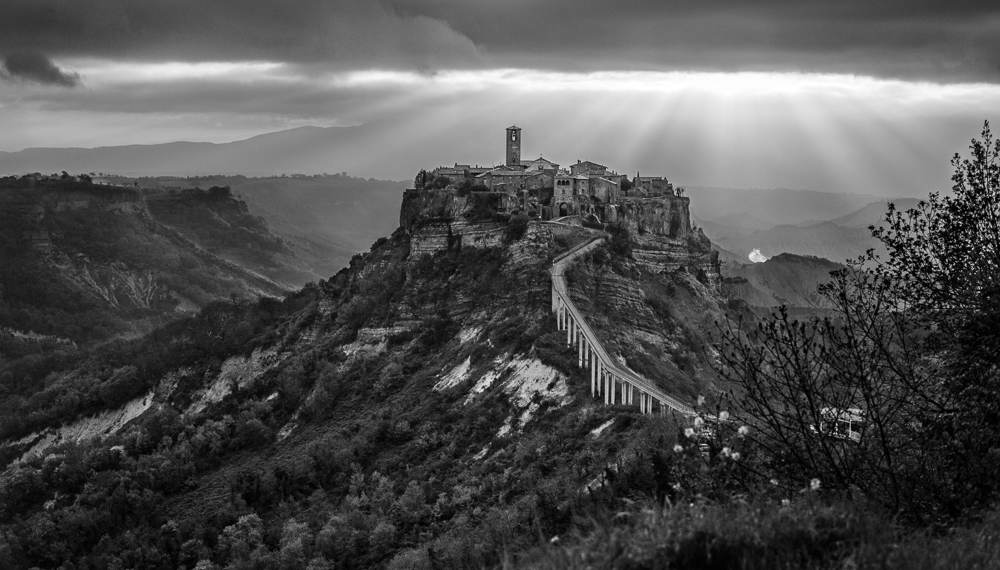
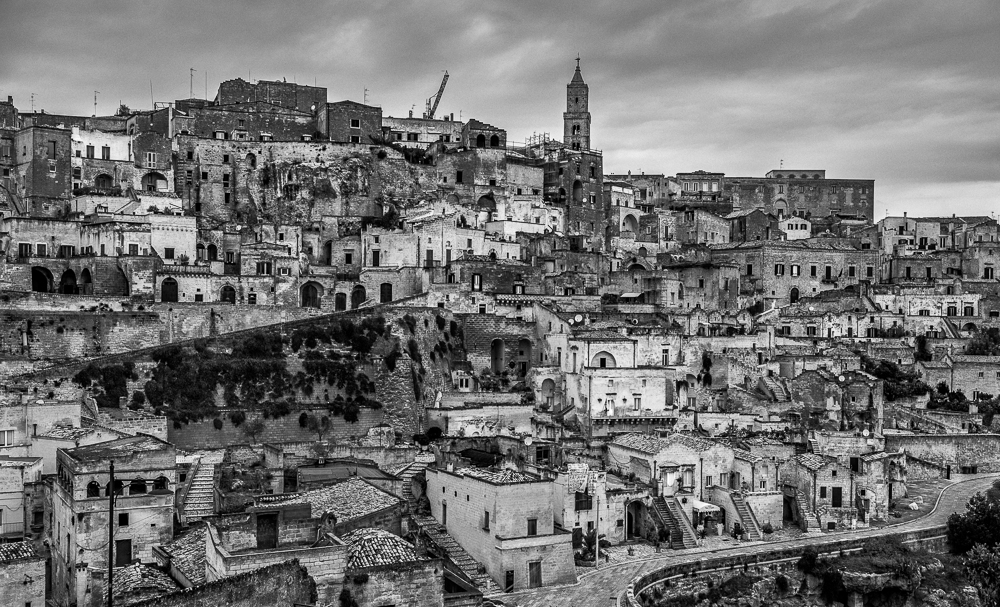 Q: The portfolio selected from your latest Masters project, the Whispered, includes some amazing images of fairly exotic locations — specifically these images labeled Civita di Bagnoregio and Matera, both of which have an otherworldly character. Where are these places, and how do they contribute to our understanding of the masters who presumably work there?
Q: The portfolio selected from your latest Masters project, the Whispered, includes some amazing images of fairly exotic locations — specifically these images labeled Civita di Bagnoregio and Matera, both of which have an otherworldly character. Where are these places, and how do they contribute to our understanding of the masters who presumably work there?A: These images are a selection from my Italian travels this past spring. Each represents a journey in finding these Masters.
Civita is about an hour north of Rome. It is a Unesco protected site that has seen Roman armies pass through its valleys — it is expected not to be around in a 100 years. It is referred to as the city of the dead, because all the youth have left, leaving only around 20 seniors who reside there permanently.
Matera is said to be one of the world’s oldest towns, since the Paleolithic period. I had gone there to find a famous chef who left Paris, to return to his roots. He wanted to inhale the history, allowing it to influence his work.
Virtually every Master I have photographed to date has somehow referred to the environment they live in as being intrinsic to who they have become. It is a teacher for them. This is one of the authentic attributes on our journey to search for Masters through The Whispered.
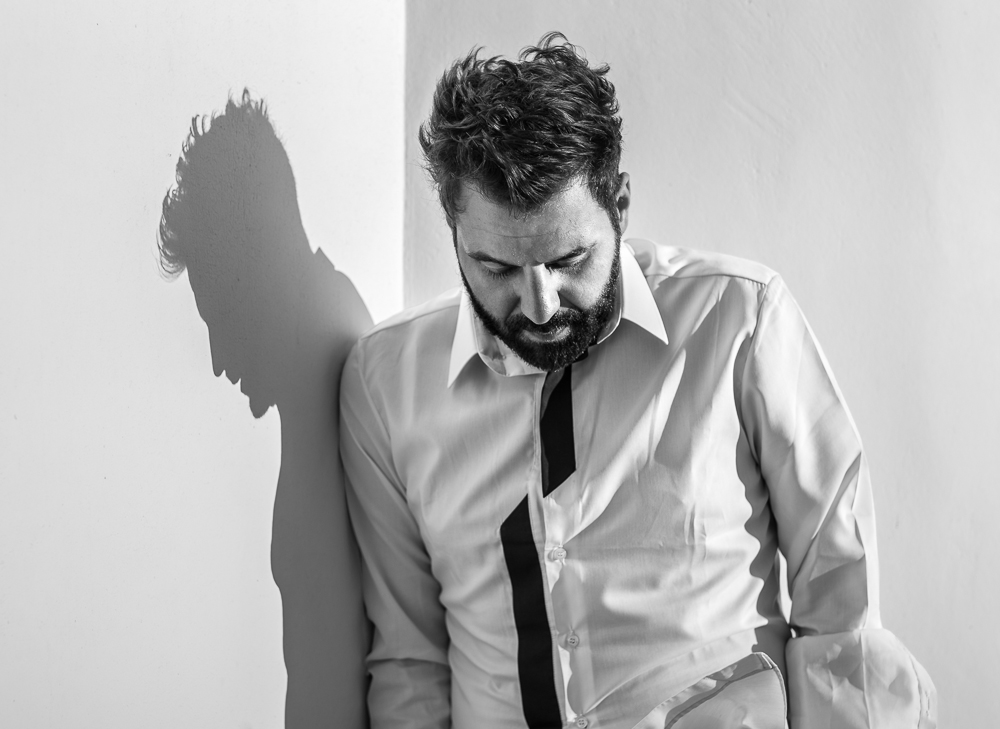 Q: A characteristic of all your images is your adept and sensitive use of lighting. Can you tell us something about your lighting techniques? Were these portrait images shot in the studio or on location?
Q: A characteristic of all your images is your adept and sensitive use of lighting. Can you tell us something about your lighting techniques? Were these portrait images shot in the studio or on location?A: All of my light is available light. I do use a reflector to shape the light, or bring out certain characteristics. All these portraits were taken on location. One of the biggest aspects to my photography is scouting. I will spend hours, even days looking for a location. In fact, if I can’t find a location that I feel suits the subject, I don’t do the shoot. I am always hunting for a place that articulates something about my subject; but everything revolves around the performance of light.
Q: Can you give us some of your impressions of the Leica S as a studio camera and as a handheld location camera and tell us why you find it conducive to you work and your style of photography? Which lenses do you find most useful in shooting portraits and for capturing locations or cityscapes?
A: The S is a powerhouse. The files out of the camera are beautiful. Epic. I am always amazed at the articulation, or separation, of tones and micro details. But, one of the things I really connect with is the ethos of the camera; its simplicity.
Fundamentally, it’s the lenses that really take the camera to another level. I bounce mainly between the 120 mm and the 70 mm, and on occasion the 180 mm. I have no formula for which lens is best in a given situation. It is always situation dependent; light dependent. I reach for a lens to give a certain character.
Q: These images in this portfolio are a fairly even mixture of black-and-white and color. How do you decide whether to output an image in each of these two media, and what do you feel are the advantages and disadvantages of each from your perspective?
A: Good question. Certain images fundamentally work in B&W and others in color. I am not sure why. One could argue B&W is less distracting, more Zen. You could also say color has a separate voice. For me, I go with what the image is telling me. It is always rather clear in the image. It boils down to a question of expression.
I tend to edit my images first in B&W, in order to see the web of light, the tonal separation. Then I will bring in color. An image has to first hang together for me, based on values. I then use color to tell another layer in the story.
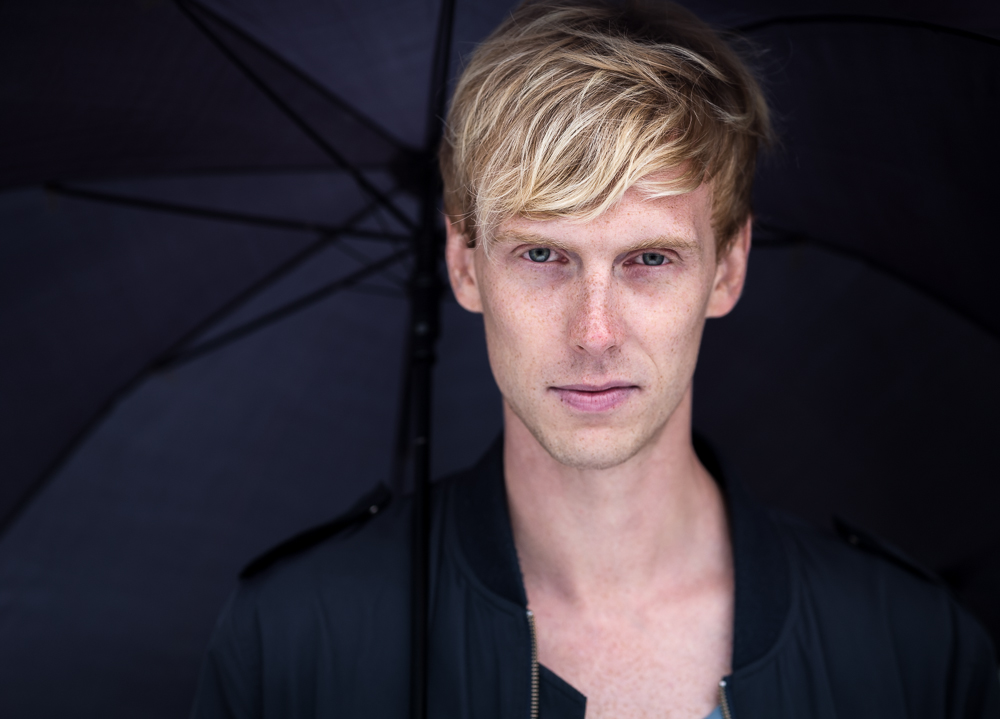
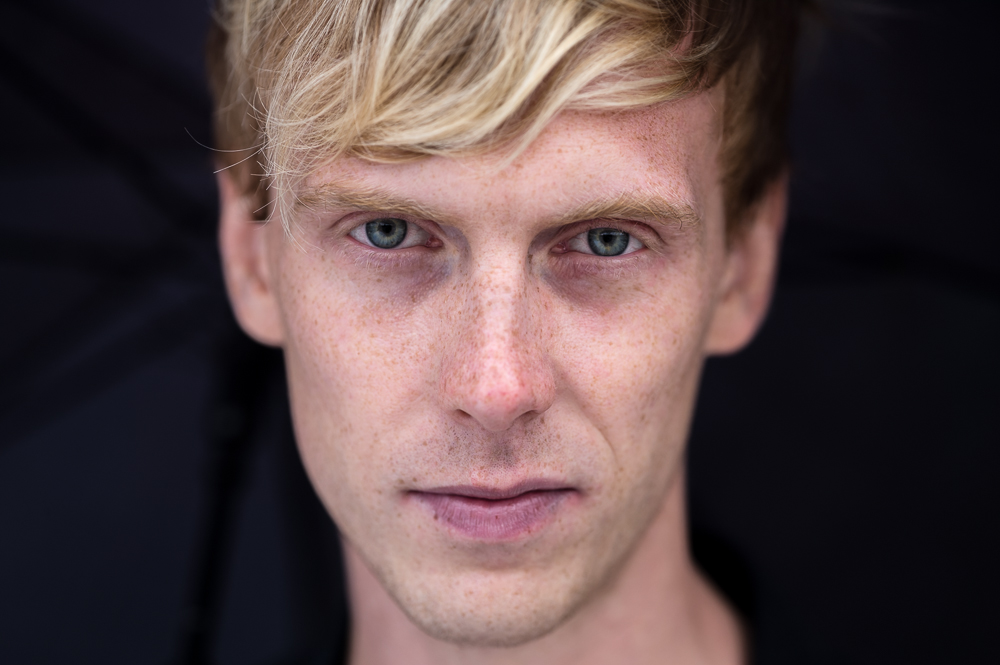 Q: Both your images of photographer/retouch artist Erik Johansson communicate a sense of his intensity, seriousness, and genuineness. Do you agree, and how do you interact with your subjects to get them to reveal themselves in these ways?
Q: Both your images of photographer/retouch artist Erik Johansson communicate a sense of his intensity, seriousness, and genuineness. Do you agree, and how do you interact with your subjects to get them to reveal themselves in these ways?A: I agree. For me, this is Erik. We had agreed to meet in Berlin. It was a very cool experience. There is a silent, striking depth to Erik. You have this sense that he is always creating an image. Borrowing little bits from everyday life to incorporate into one of his images. You can almost see him processing it.
For me, all these images boil down to creating an authentic moment — it is a moment when someone has chosen to expose themselves. There are no masks. It ceases to be a picture; to be someone posing. They have chosen to open themselves and you are allowed to look into their mirror. I learned in the beginning, very quickly, that to get beyond the layers I needed my subject to participate in the creation of the image.
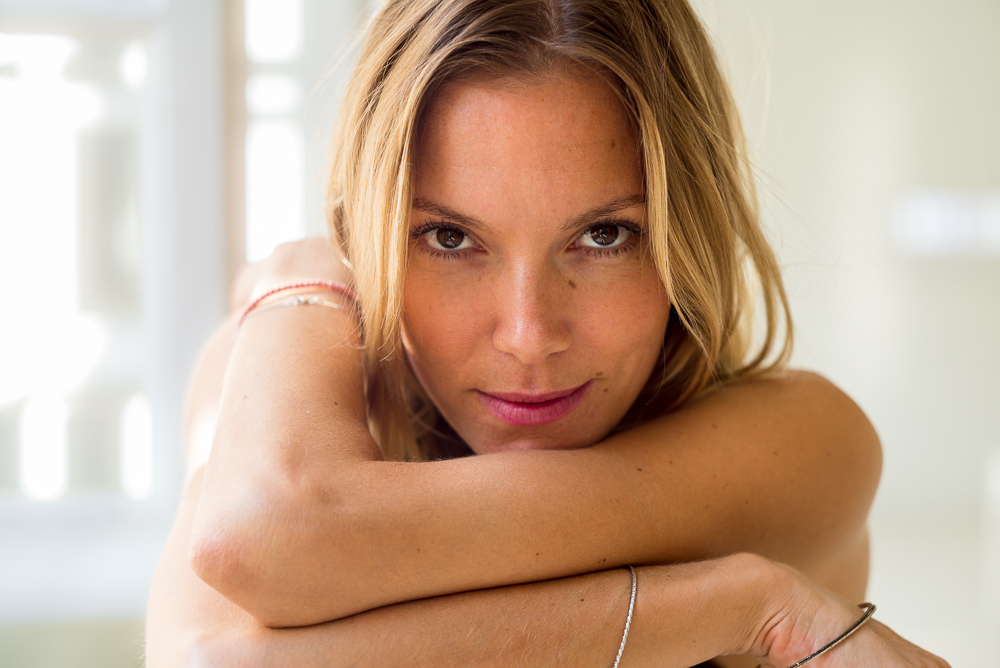
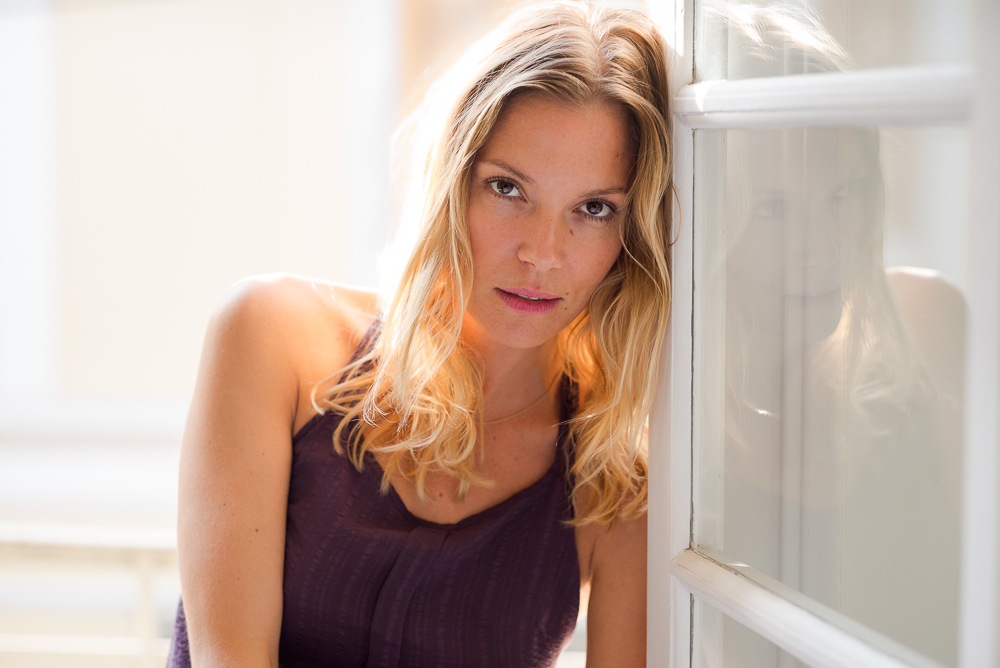 Q: The two gorgeous images of Greek supermodel and TV presenter Vicky Kaya seem to convey different aspects of her personality. In one image she seems very self assured and almost confrontational, whereas in the second she seems more vulnerable and alluring. Do you see this dichotomy and were you consciously trying to elicit and capture these differences?
Q: The two gorgeous images of Greek supermodel and TV presenter Vicky Kaya seem to convey different aspects of her personality. In one image she seems very self assured and almost confrontational, whereas in the second she seems more vulnerable and alluring. Do you see this dichotomy and were you consciously trying to elicit and capture these differences?A: Photographing Vicky was a lesson in just letting things happen. Having just finished with a second shoot earlier that day, already taxing on my one-shoot-per-day energy benchmark, I got a call from her team saying she was rearranging her schedule to incorporate the shoot and be in the archive. But, I would only have 25 minutes to photograph her, at a location I had never been to. When I walked into the room and saw her, I knew she was fully present. This first image is the first shot out of the camera. For me, both these images are Vicky. Their differences are marked by the fact that in the second image I caught her in a moment of contemplation.
There is an unspoken language that happens during these moments. Things happen organically. When both you and your subject are fully present, fully open, you experience a certain alchemy through the photograph.
Q: A common technique when shooting portraits of master artists or craftspeople is to show them in their creative environments, such as a studio, workshop, etc., but none of these compelling images can be termed an environmental portrait in that sense. For example one of your images of Costas Voyatzis, an influential design curator, shows him in water with his eyes just above the waterline. What aspects of his mastery were you trying to convey, and how did you come to shoot this image?
A: When I can, I prefer to photograph people outside their accustomed, everyday space. There, we have just them in an environment that says something about them. For me, they are not just their job.
There is a cool story attached to the image in the pool. Costas is one of the most influential people in the world in the design industry. He is Yatzer.com, an international award-winning site. When the opportunity to photograph Costas arose, everyone said “you have to photograph his smile. It’s his signature”. Also, in virtually every image that can be found of him on the Internet he has his sunglasses on.
We agreed to do the shoot in Santorini, Greece; a place that he connects with. When we met, I asked Costas if he wanted just a picture, or wanted to share something of himself. He took off his sunglasses, looked at me for the longest moment and then, with a giant smile said: “I never let anyone photograph my eyes … but I will give you my eyes.” Here is Costas exposed. No sunglasses. No smile. Just him.
Q: Do you plan to publish The Whispered as a book, a series of exhibitions, or perhaps using multiple media, and how will you know whether or when this epic project will ever be finished?
A: I’ve been asked to publish a book, and we are looking at how best to present that. We are also in discussions to tour the archive in various cities around the world — not sure just yet if it will be a series or one large exhibit. Right now we are in discussion to create a holographic presentation of Masters. But the project begins at TheWhispered.com. There you can be part of the journey with each destination enriched by the multimedia at our disposal.
As far as the end is concerned, one never knows how these things are going to end. We only know we’ve begun.
Thank you for your time, Jakob!
– Leica Internet Team
To see more of Jakob’s work, visit his website, Facebook, Instagram and Twitter
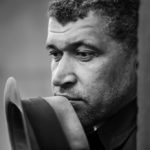
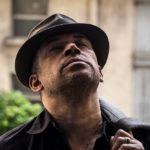

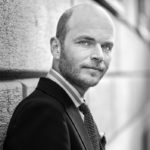

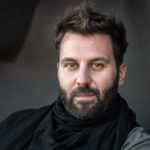
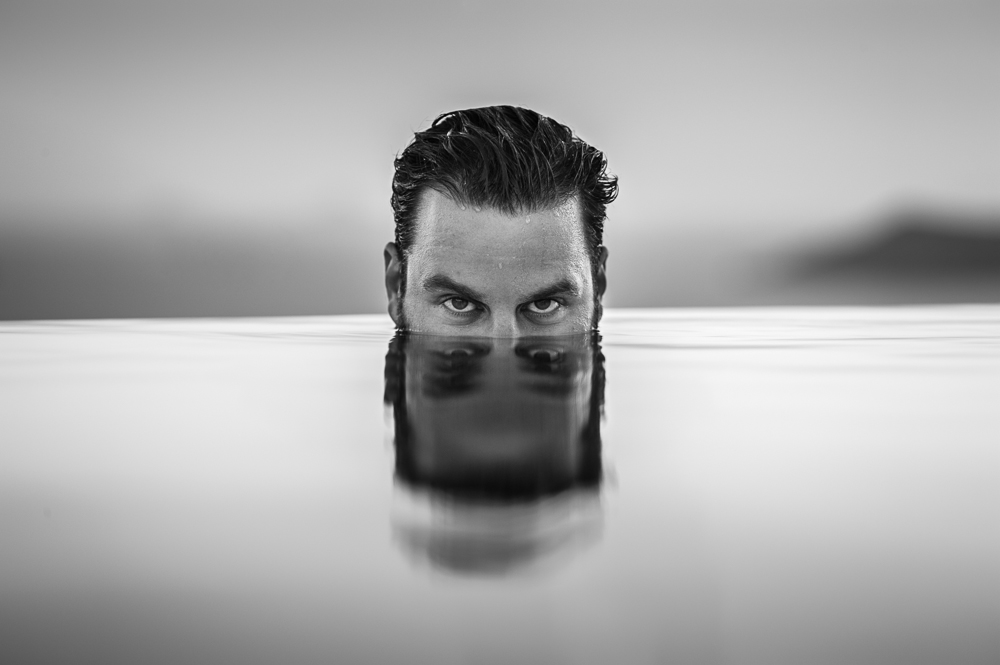
Comments (2)